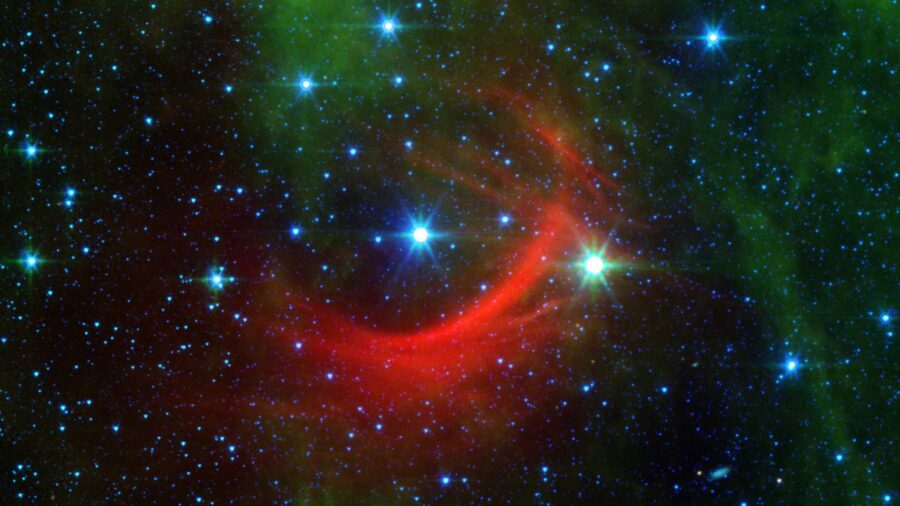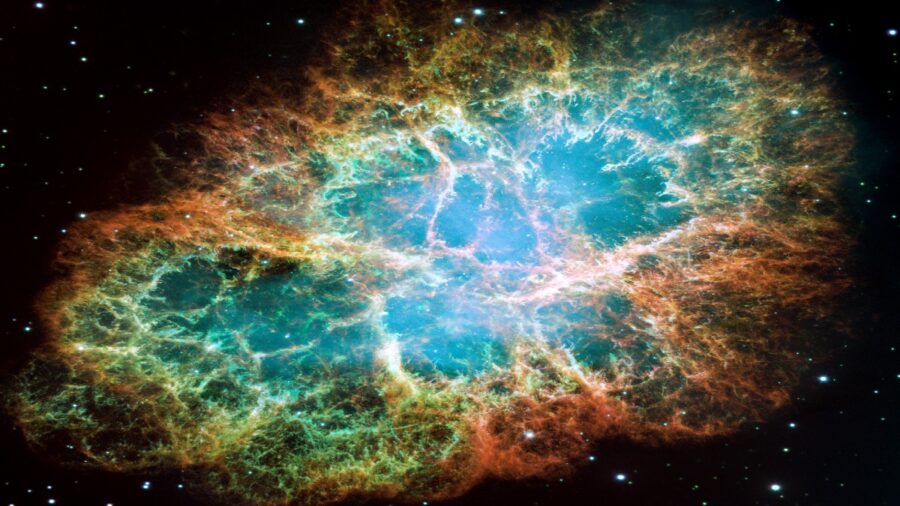Betelgeuse Is Much Brighter Than It Should Be And Scientists Are Stumped
The red supergiant star Betelgeuse is shining 50 percent brighter than usual.

Betelgeuse, a red supergiant star located in the constellation Orion, is shining 50 percent brighter than it usually does. The cause is unclear yet, but astronomers are monitoring the situation closely to understand the change better. Interestingly, the star is not just a red supergiant. It is also a fascinating pulsating semi-regular variable star.
According to PhysOrg, that means the brightness of Betelgeuse changes periodically, though the amplitudes can vary. The primary cycle is approximately 400 days, during which the star experiences variations in brightness. It also undergoes shorter cycles of around 125 days, 230 days, and an astonishingly long 2,200 days, all driven by its pulsations.
These intricate cycles can make it challenging to study and understand Betelgeuse. In October 2019, the star had dimmed considerably, eventually reaching one-third of its average brightness a few months later. This was caused by a piece of the star’s surface being ejected into space. When it cooled, it turned into a dust cloud that blocked the light. The episode is known as The Great Dimming.
The recent brightening of Betelgeuse has once again captured the attention of scientists, who are eager to unravel its current evolutionary stage and understand the significance of its heightened activity. A new research paper titled The Evolutionary Stage of Betelgeuse Inferred From Its Pulsation Periods sheds some light on these intriguing events.
The paper, authored by Hideyuki Saio from the Astronomical Institute, Graduate School of Science at Tohoku University in Japan, provides valuable insights into the possibility that Betelgeuse could undergo a supernova explosion sooner than previously anticipated. “We conclude that Betelgeuse is in the late stage of core carbon burning and a good candidate for the next galactic supernova,” the paper says.

As a red supergiant, the star has moved beyond the main sequence phase of its life cycle. Over its remarkable span of approximately 8 to 8.5 million years, Betelgeuse has used up large amounts of hydrogen by fusing it into helium and releasing the lost mass as energy. That means it’s no longer fusing hydrogen into helium anymore.
When stars like Betelgeuse lose mass, the decrease in gravitational force can no longer counterbalance the outward pressure generated by its core, causing the star to expand into a voluminous envelope. Therefore, despite experiencing mass loss, the stars grow. The shift from the main sequence, coupled with hydrogen no longer being fused into helium in their cores, causes other significant changes.
Carbon gradually accumulates within their cores in the subsequent stage, known as helium fusion. This accumulation initiates a core carbon-burning phase, wherein other elements are synthesized. According to the paper’s authors, Betelgeuse is currently positioned in the advanced stages of this core carbon-burning period.
Since the core carbon-burning period has several stages, it’s difficult to determine when Betelgeuse will go supernova. The star pulses, ejects material, rotates, and is also a runaway star speeding through space. Its distance from Earth is also subject to debate. However, the biggest takeaway from the new research is that the core is expected to collapse after carbon exhaustion.











